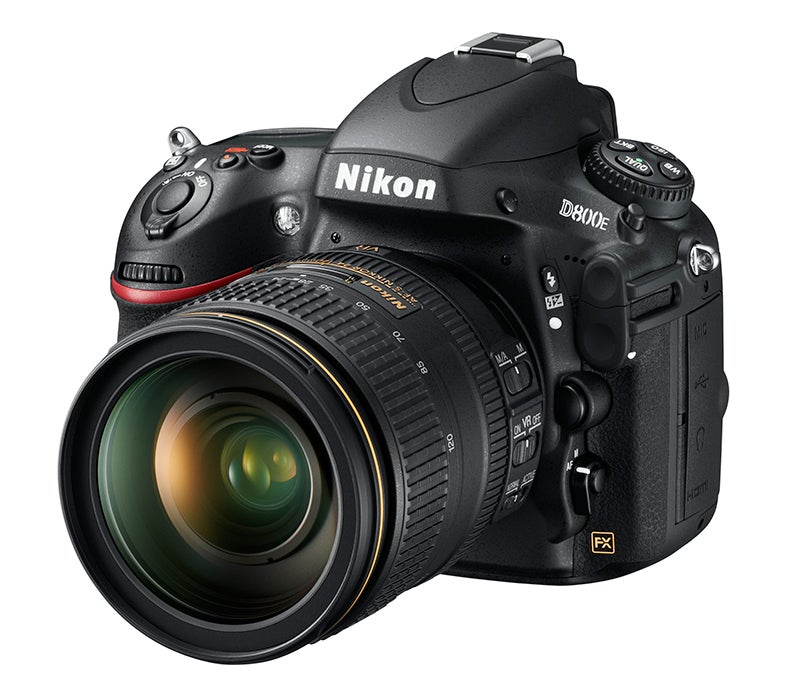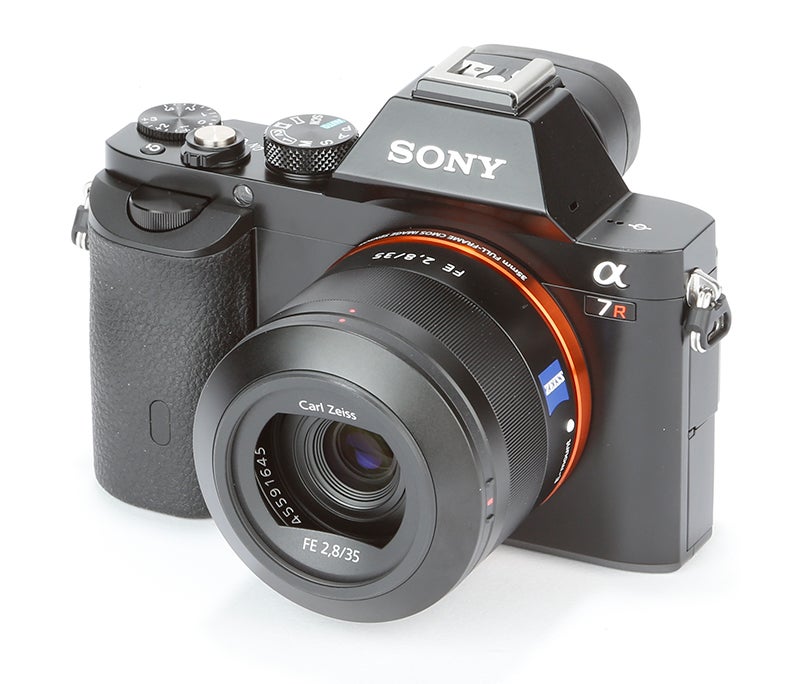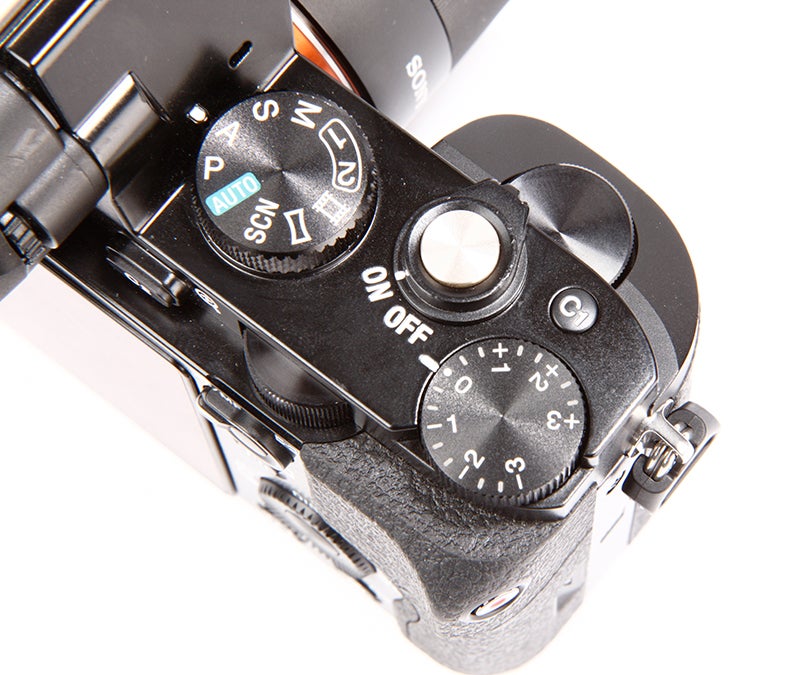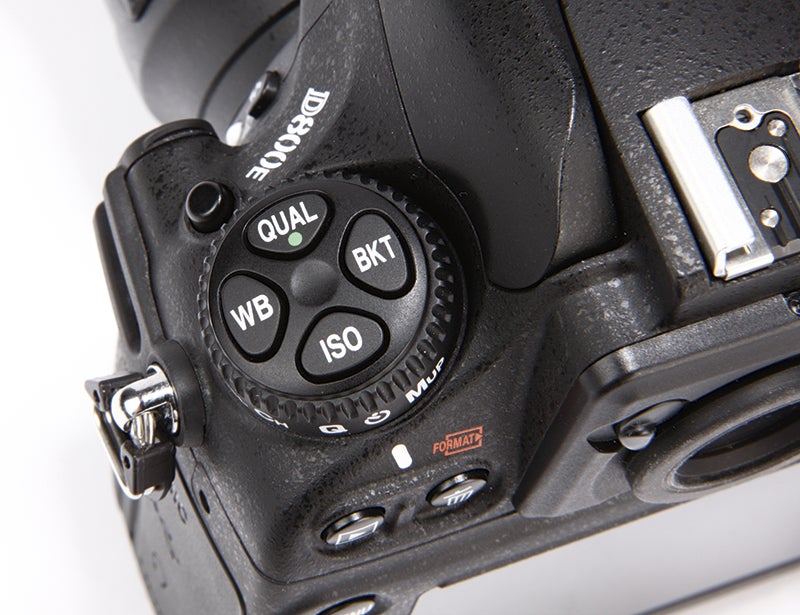Nikon D800E vs Sony A7R – Design
Nikon D800E vs Sony A7R – Design

As you’d expect from cameras aimed at targeting enthusiasts as well as professionals, the D800E and A7R feature robust bodies, with magnesium alloy used in the construction of their chassis. Added to this, both feature weather seals to prevent dust, dirt and moisture creeping past panels to the internals.
This weather sealing provides a full sense of security when they’re used in extreme and demanding conditions, and even when shooting in downpour, both shrugged off moisture with no apparent signs of water damage. On the scales the A7R weighs 493g less than the D800E when you compare body weights.

Despite this considerable weight saving, the A7R feels just as rigid as the D800E. It does lack the same muscular quality of the D800E that some photographers will prefer, but the handgrip has been sculpted in such as way your hand wraps around it very comfortably.

My only concern in terms of the A7R‘s design lies with some of its buttons and controls – the exposure compensation dial on the corner of the body for example is too easily knocked in use and requires more resistance to prevent this occurring. Added to that, the menu and zoom buttons, as well as the aperture control dial, could benefit from protruding further from the body to bring them flush in line with the back panel of the camera for more comfortable operation.

Out of the two, the positioning of the D800E‘s larger buttons and intuitive layout of controls around the body make it more instinctive to use.





